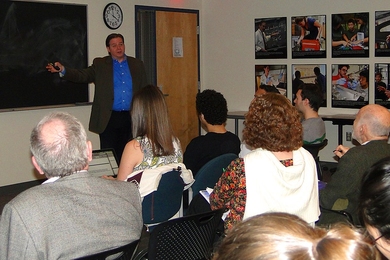"Dream, Dream, Dream! Conduct these dreams into thoughts, and then transform them into action."
- Dr. A. P. J. Abdul Kalam
"Dream, Dream, Dream! Conduct these dreams into thoughts, and then transform them into action."
- Dr. A. P. J. Abdul Kalam
14 Oct 2024
Mercury, a stealthy villain slowly poisoning our environment, has long been a toxic byproduct of human activities like gold mining and coal-fired power plants. For years, global inventories have shown mercury emissions on the rise, painting a grim picture for our planet. But recent groundbreaking research is flipping the script. A multinational team of scientists has uncovered new insights through cutting-edge atmospheric monitoring and powerful statistical analysis, challenging what we thought we knew about mercury’s impact—and offering hope in the fight against this invisible threat.

(Source: Google Images)
According to the study, mercury levels in our atmosphere are not rising. Conversely, throughout the last 20 years, it has been declining. Data from all accessible monitoring stations in the Northern Hemisphere were evaluated by MIT scientists. Their conclusions? a considerable decrease in atmospheric mercury levels between 2005 and 2020, of about 10%. The study's principal author is Ari Feinberg, a former postdoc at the Institute for Data, Systems, and Society (IDSS).

(Source: Google Images)
The research team adopted two modeling methods to identify the cause of this downward trend. Boiling it down to raw basics, both techniques traced back to a decline in anthropogenic (human-caused) emissions as the driving force. The puzzle, however, didn’t stop there. Global inventories, built using models, reflected opposite trends. The mismatch between the models and actual recorded measurements remained shrouded in mystery due to data limitations and gaps in scientific understanding of mercury pollution. The broader message? “We need to keep measuring and advancing the science,” said Noelle Selin, co-author of the study.

(Source: Google Images)
A cohesive international scientific community is essential as we delve deeper into the complexity of mercury emissions and their impacts. Scientists can create more thorough models to comprehend mercury's atmospheric behavior and its wider environmental effects by combining resources and expertise.
This collaborative strategy entails improving data exchange, standardizing monitoring procedures, and cultivating creative research collaborations. Future research must not only broaden the network of monitoring stations but also include cutting-edge technology that improves the precision and consistency of mercury measurements in order to fill in the gaps the researchers found. Even while there is still much to learn, one thing is certain: it is crucial to comprehend how human activity affects the environment in the real world.